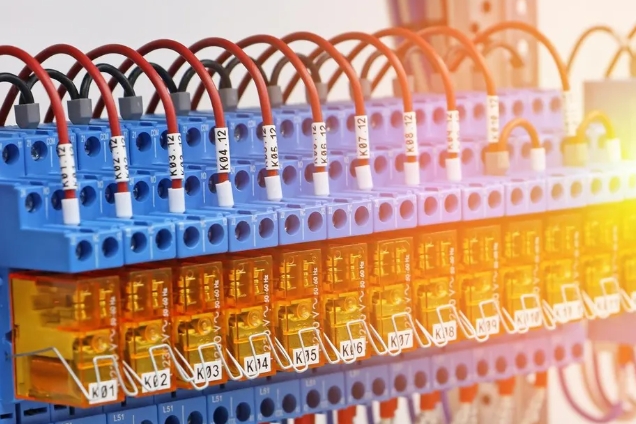In the world of automotive wiring, the use of relays plays a crucial role in ensuring efficient and safe electrical systems. Relays are electromechanical devices that act as switches, allowing the control of high-current circuits with low-current signals. This article explores the reasons why relays are widely used in automotive wiring, highlighting their benefits and applications.
- Enhanced Circuit Protection:
One of the primary reasons for using relays in automotive wiring is to provide enhanced circuit protection. Relays act as a buffer between the control circuit and the high-current load, preventing damage to sensitive components. By isolating the control circuit from the load, relays help to minimize the risk of electrical failures, short circuits, and potential fires. - Efficient Power Distribution:
Relays enable efficient power distribution in automotive electrical systems. They allow the use of smaller gauge wires for control signals, reducing the overall wiring complexity and weight. By utilizing relays, the main power supply can be distributed to various components without the need for long and heavy wires, resulting in improved energy efficiency and reduced voltage drop. - Voltage Regulation:
Relays also play a vital role in voltage regulation within automotive wiring. They ensure that the appropriate voltage is supplied to different components, preventing overloading and potential damage. By controlling the flow of electricity, relays help maintain a stable voltage level, ensuring optimal performance and longevity of electrical devices. - Increased Switching Capability:
Relays offer increased switching capability, allowing the control of multiple electrical devices simultaneously. This feature is particularly useful in automotive applications where various components, such as lights, motors, and fans, need to be controlled independently. By utilizing relays, automotive wiring systems can efficiently manage multiple loads, enhancing overall functionality and convenience. - Improved Safety:
Safety is a paramount concern in automotive wiring, and relays contribute significantly to ensuring safe operation. Relays provide isolation between the control circuit and the load, reducing the risk of electrical shock or damage to sensitive electronic components. Additionally, relays can incorporate features such as fuses and diodes to protect against overcurrent and reverse polarity, further enhancing safety measures.
Conclusion:
In conclusion, the use of relays in automotive wiring offers numerous advantages, including enhanced circuit protection, efficient power distribution, voltage regulation, increased switching capability, and improved safety. By leveraging the capabilities of relays, automotive electrical systems can achieve optimal performance, reliability, and safety. Whether it's controlling lights, motors, or other electrical devices, relays are an indispensable component in modern automotive wiring.



